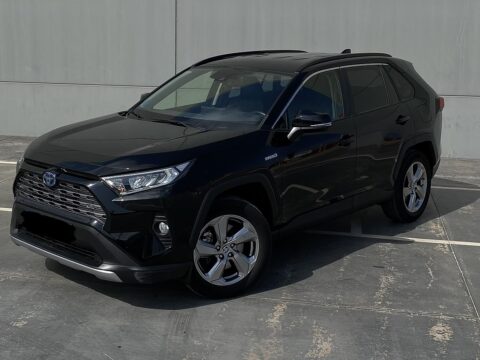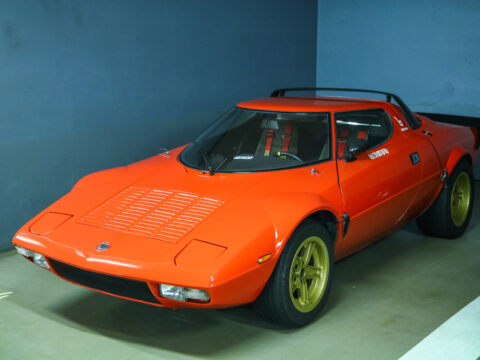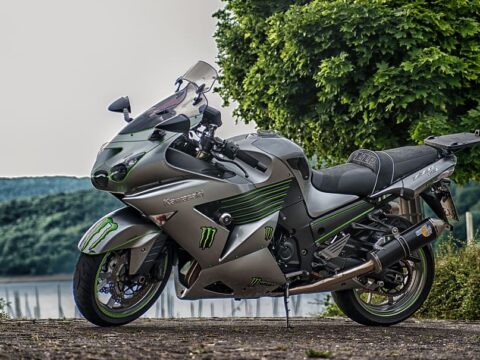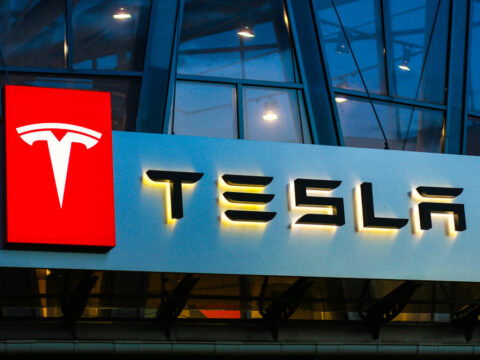Electric vehicles (EVs) have revolutionized the way we think about transportation, offering a greener alternative to traditional gas-powered cars. In this article, we explore 25 EVs that have paved the way for sustainable driving. These trailblazing vehicles not only set new standards in efficiency and design but also inspired a global movement towards cleaner, more eco-friendly travel.
Contents
Nissan Leaf
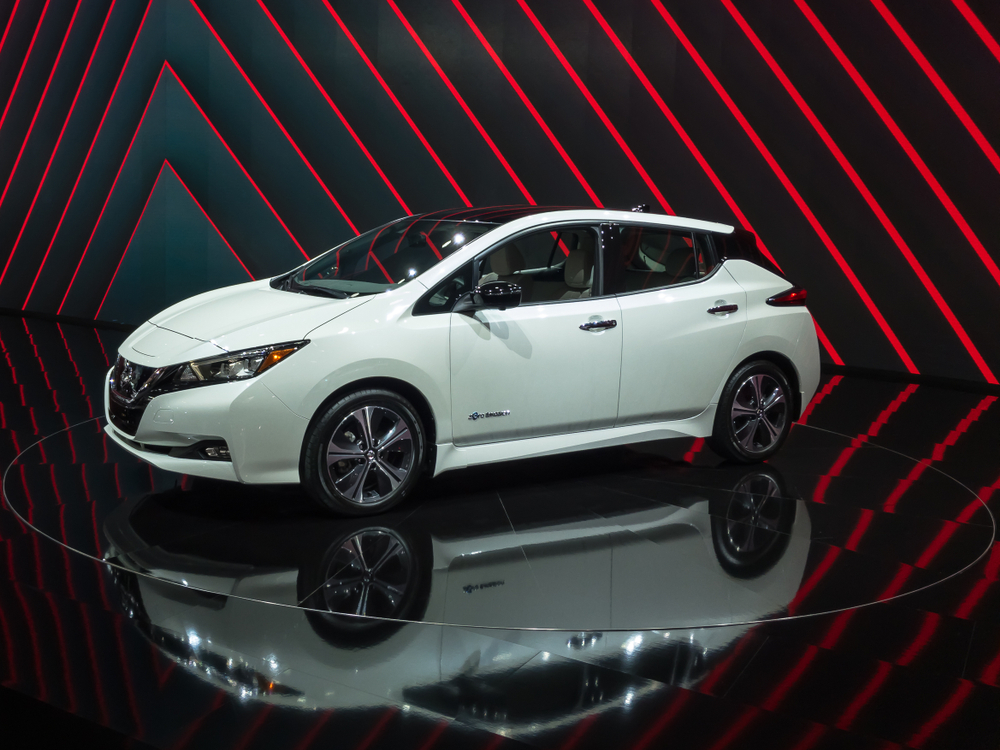
The Nissan Leaf was a groundbreaking vehicle when it debuted in 2010, offering a practical and affordable electric car for the masses. It was the first mass-market EV, boasting a range of about 100 miles per charge, which has since improved in newer models. The Leaf’s success helped demonstrate the viability of electric cars to the world, pushing other manufacturers to develop their own electric offerings.
Tesla Model S
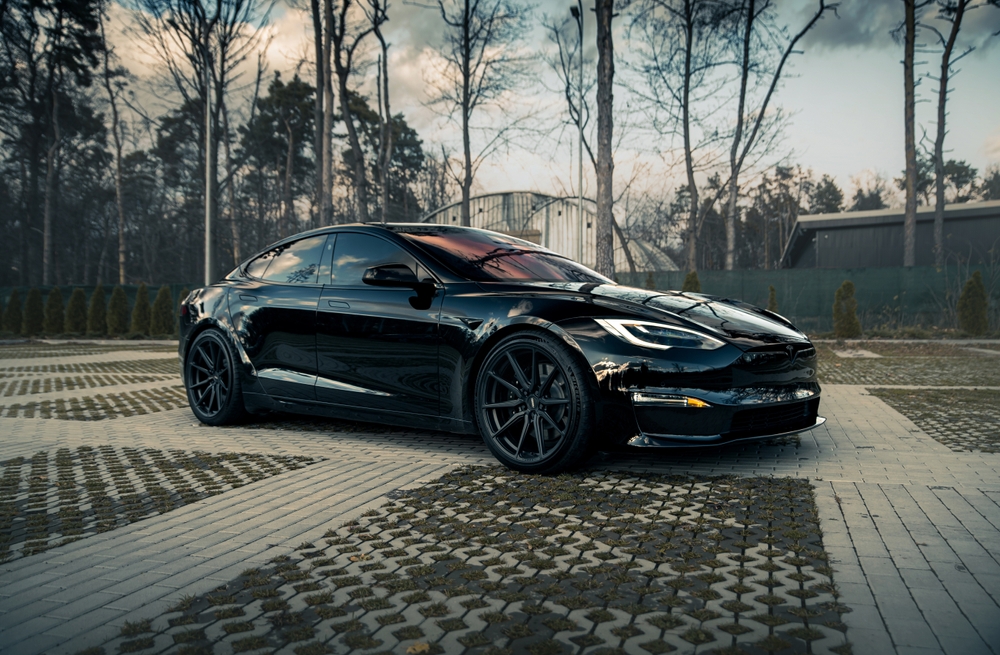
Introduced in 2012, the Tesla Model S set new standards for electric vehicles with its impressive range, rapid acceleration, and luxurious features. With over 300 miles of range on a single charge and a 0-60 mph time of under 3 seconds in its Performance variant, the Model S proved that EVs could compete with the best luxury sedans. Its success was pivotal in changing perceptions about electric cars.
Chevrolet Bolt EV
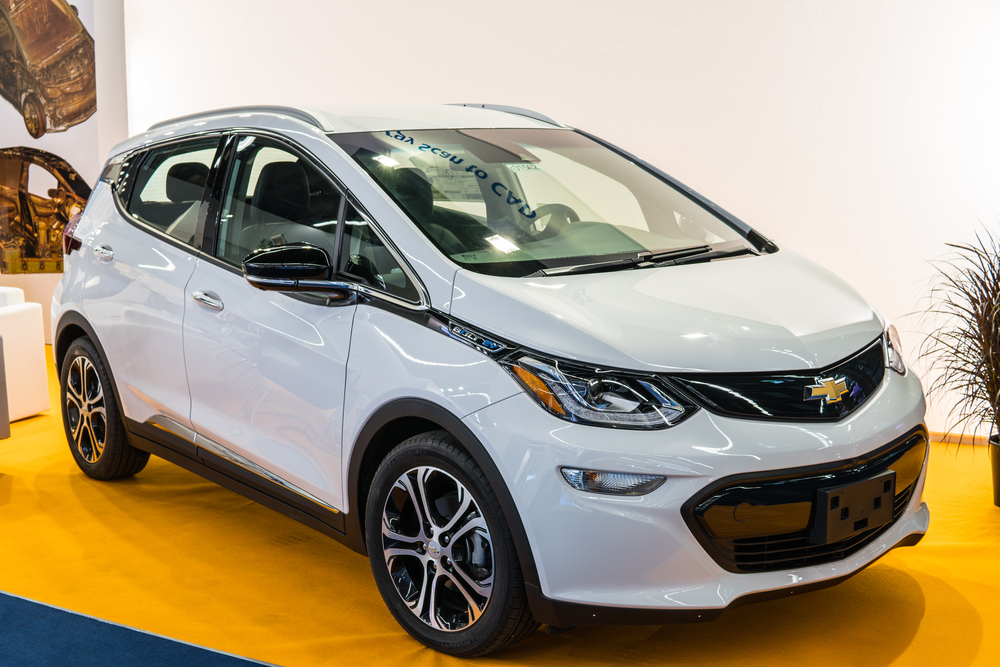
The Chevrolet Bolt EV, launched in 2016, made waves by offering an affordable electric vehicle with a substantial range of over 200 miles per charge. Its spacious interior, quick acceleration, and reasonable price point made it a popular choice for many consumers, further establishing the practicality and appeal of electric cars.
BMW i3
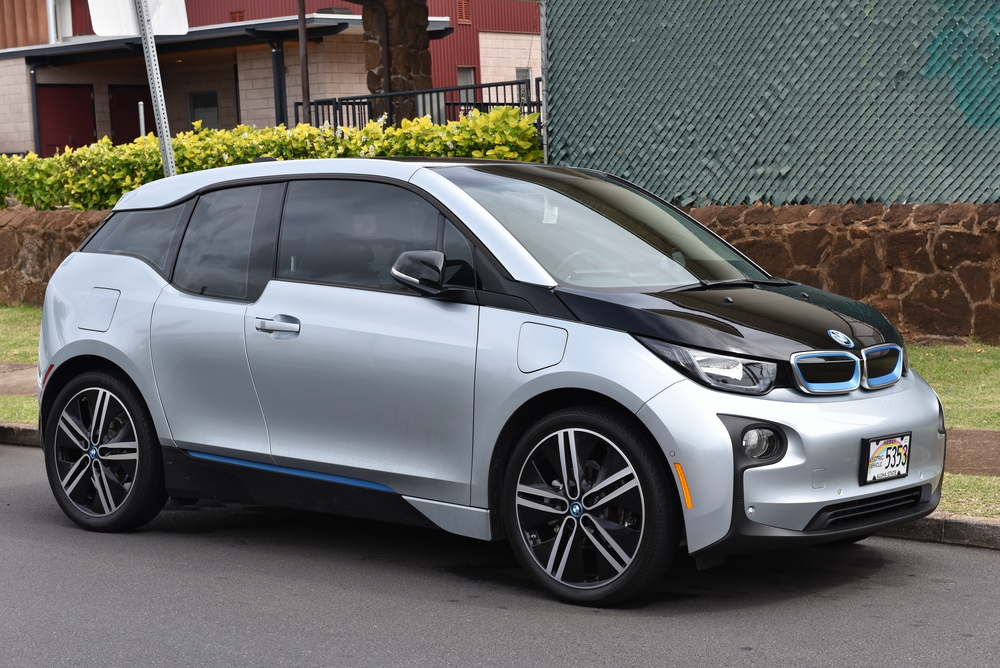
The BMW i3, introduced in 2013, was notable for its innovative design and sustainable materials. It featured a carbon fiber-reinforced plastic body and recycled interior materials. The i3’s unique approach to sustainability and urban mobility showcased BMW’s commitment to a greener future.
Tesla Roadster
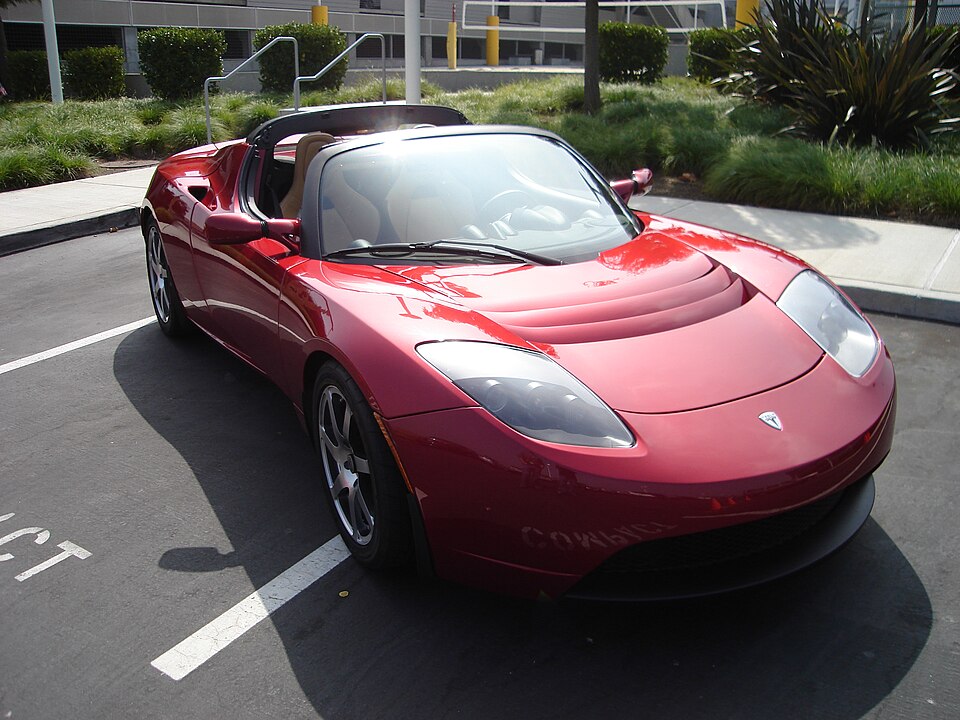
The Tesla Roadster was Tesla’s first production car, introduced in 2008. It demonstrated that electric cars could be high-performance sports cars, boasting a 0-60 mph time of under 4 seconds. The Roadster’s success paved the way for Tesla’s future models and helped shift public perception about the capabilities of EVs.
Renault Zoe

The Renault Zoe, launched in 2012, quickly became one of Europe’s best-selling electric cars. Its compact design, affordable price, and respectable range of over 150 miles made it an attractive option for urban drivers. The Zoe played a significant role in increasing EV adoption in Europe.
Hyundai Kona Electric
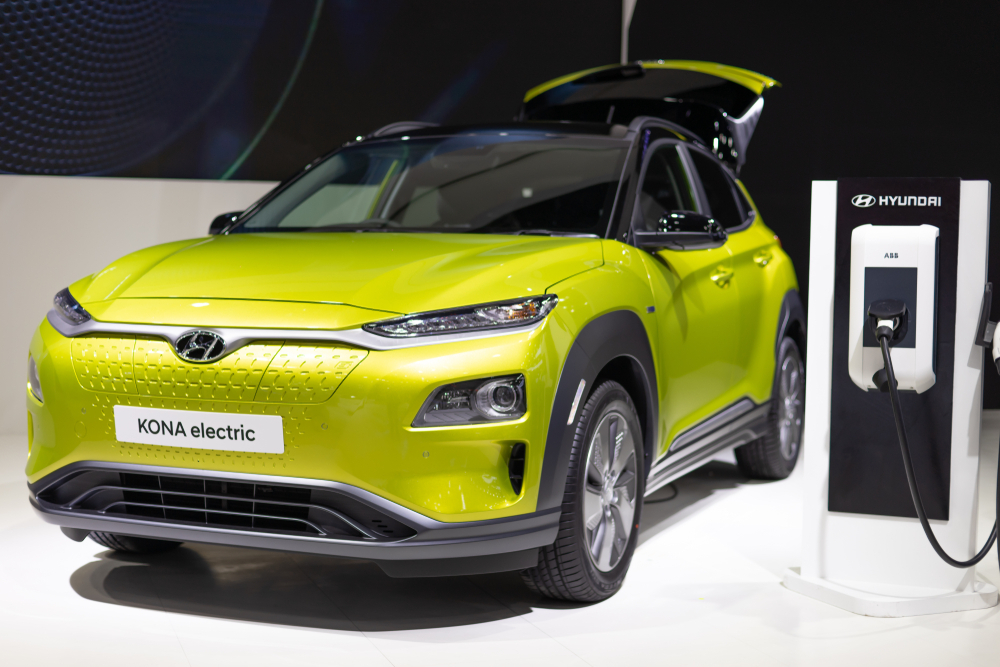
The Hyundai Kona Electric, introduced in 2018, offered an impressive range of over 250 miles, a spacious interior, and a competitive price. Its combination of practicality and efficiency made it a popular choice among consumers, further pushing the boundaries of what affordable EVs could offer.
Jaguar I-PACE
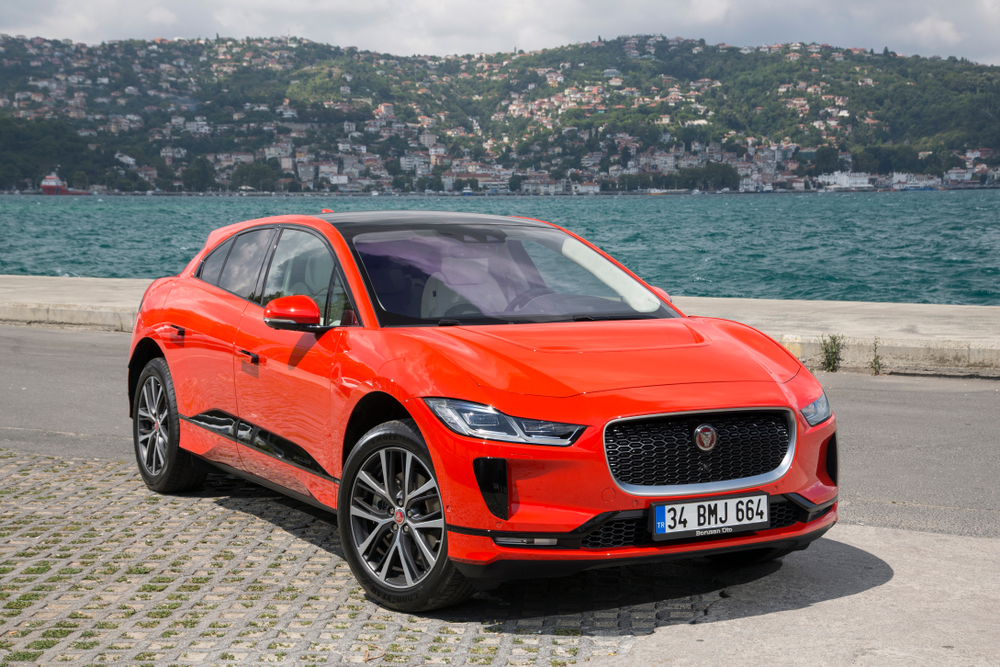
The Jaguar I-PACE, launched in 2018, was Jaguar’s first all-electric vehicle and a bold step into the EV market. With a range of around 234 miles and a luxurious interior, the I-PACE demonstrated that high-performance electric SUVs could rival their gasoline counterparts in both style and substance.
Audi e-tron
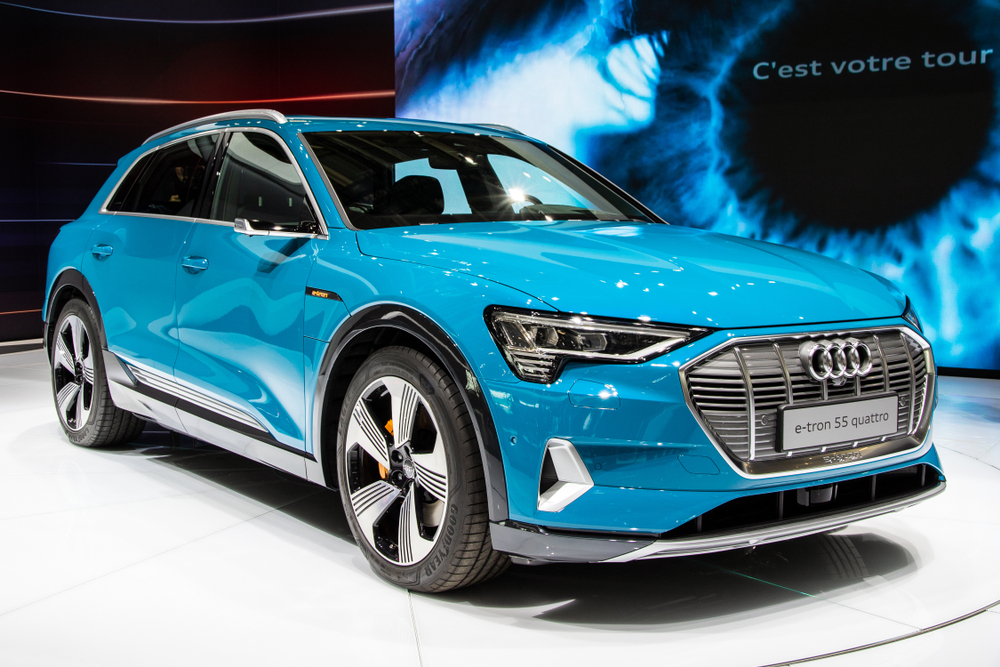
Audi’s e-tron, introduced in 2019, was the company’s first fully electric SUV. With a range of about 204 miles and a premium, tech-filled interior, the e-tron showcased Audi’s commitment to electric mobility. Its build quality and brand reputation helped attract a new segment of EV buyers.
Kia Soul EV
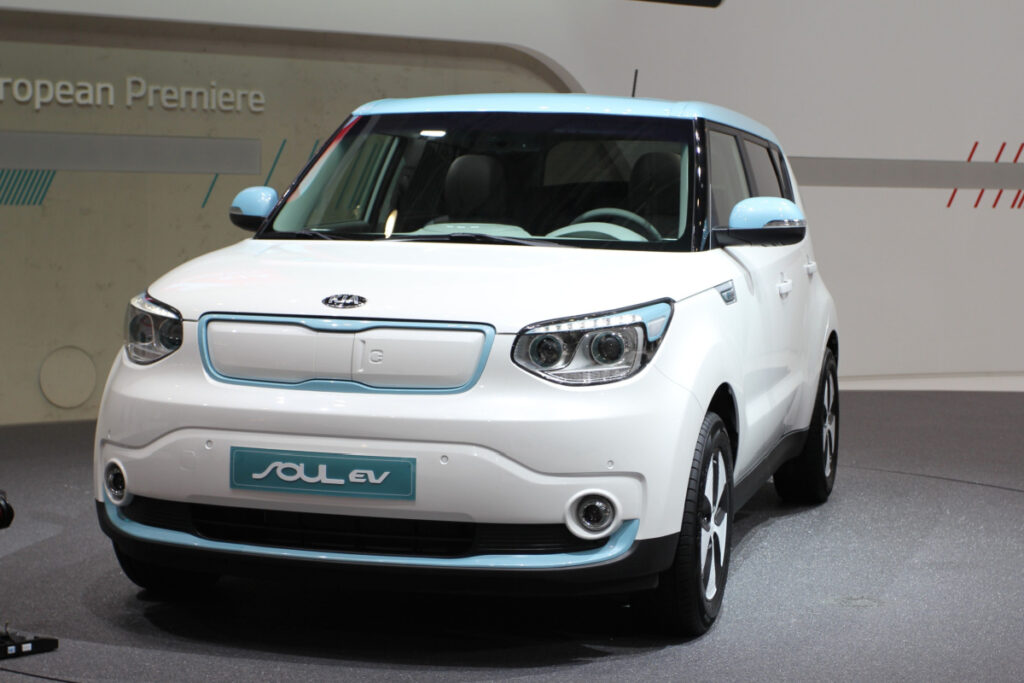
The Kia Soul EV, launched in 2014, combined the quirky design of the popular Soul with an electric powertrain. Its practical range and spacious interior made it a favorite among urban drivers, helping to normalize the idea of electric vehicles in everyday use.
Volkswagen e-Golf
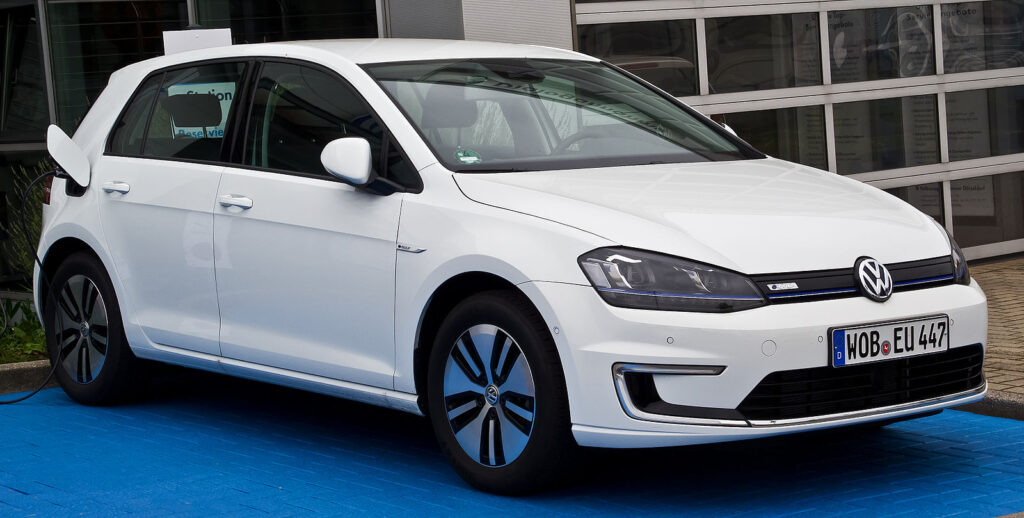
The Volkswagen e-Golf, introduced in 2014, was an electric version of the popular Golf hatchback. It offered a familiar design with the benefits of electric driving, including a range of around 125 miles. The e-Golf helped bridge the gap for consumers transitioning from traditional gasoline vehicles to EVs.
Ford Mustang Mach-E
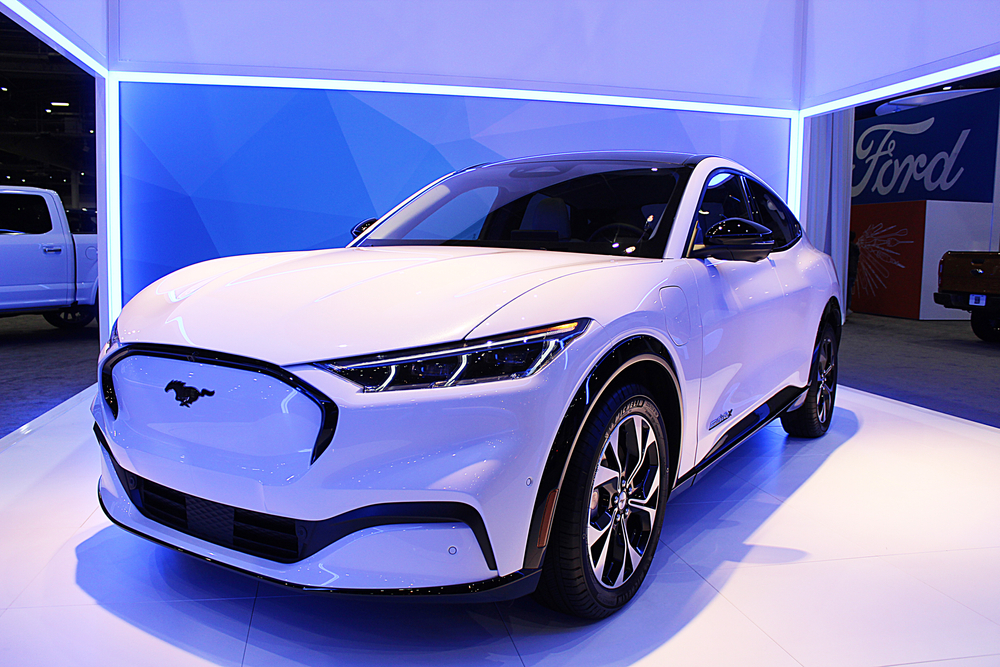
The Ford Mustang Mach-E, launched in 2020, was a bold move by Ford, combining the iconic Mustang brand with electric power. With a range of up to 300 miles and a sporty design, the Mach-E proved that electric SUVs could deliver performance and style, helping to attract a broader audience to EVs.
Porsche Taycan
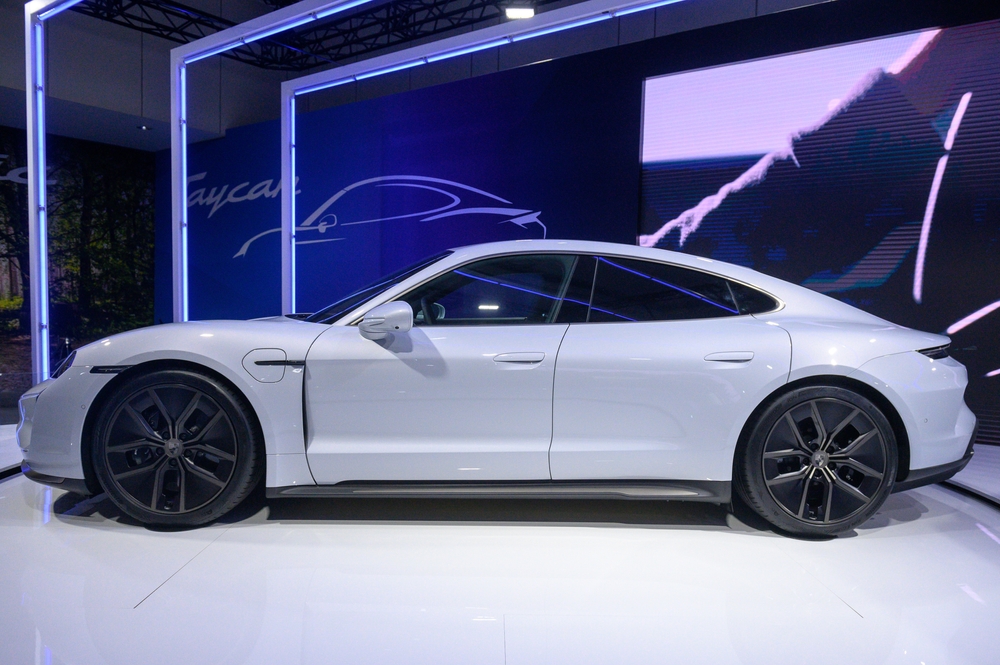
The Porsche Taycan, introduced in 2019, brought Porsche’s performance heritage to the electric car market. With blistering acceleration, a top speed of 161 mph, and a range of around 200 miles, the Taycan set new standards for electric sports cars, proving that EVs could offer thrilling driving experiences.
Rivian R1T
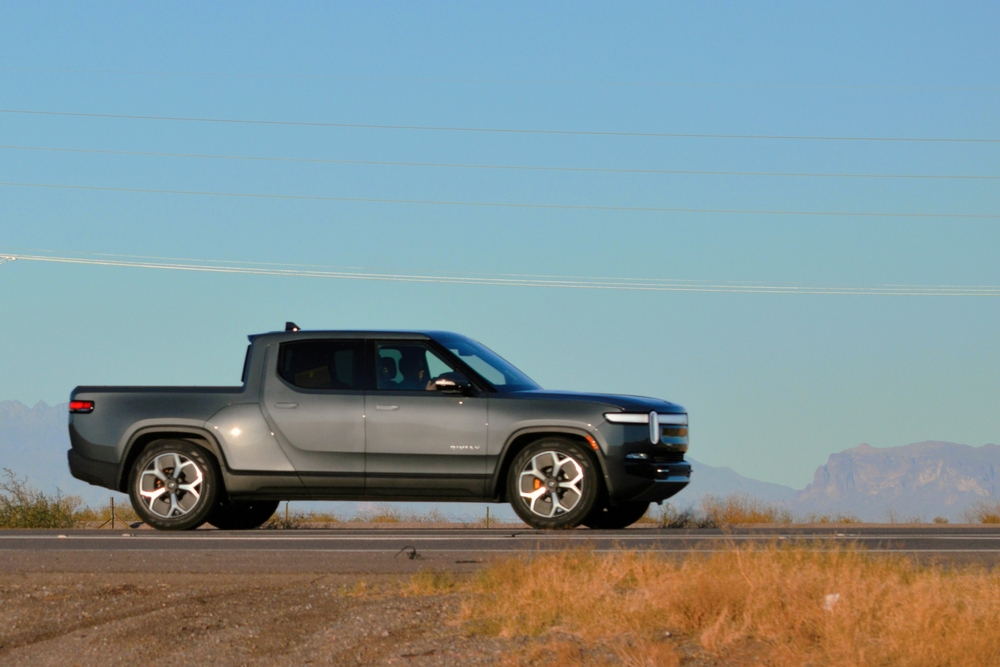
The Rivian R1T, launched in 2021, was one of the first electric pickup trucks to hit the market. With a range of over 300 miles, impressive off-road capabilities, and innovative features like a gear tunnel, the R1T showcased the potential for electric vehicles in the adventure and utility market.
Lucid Air
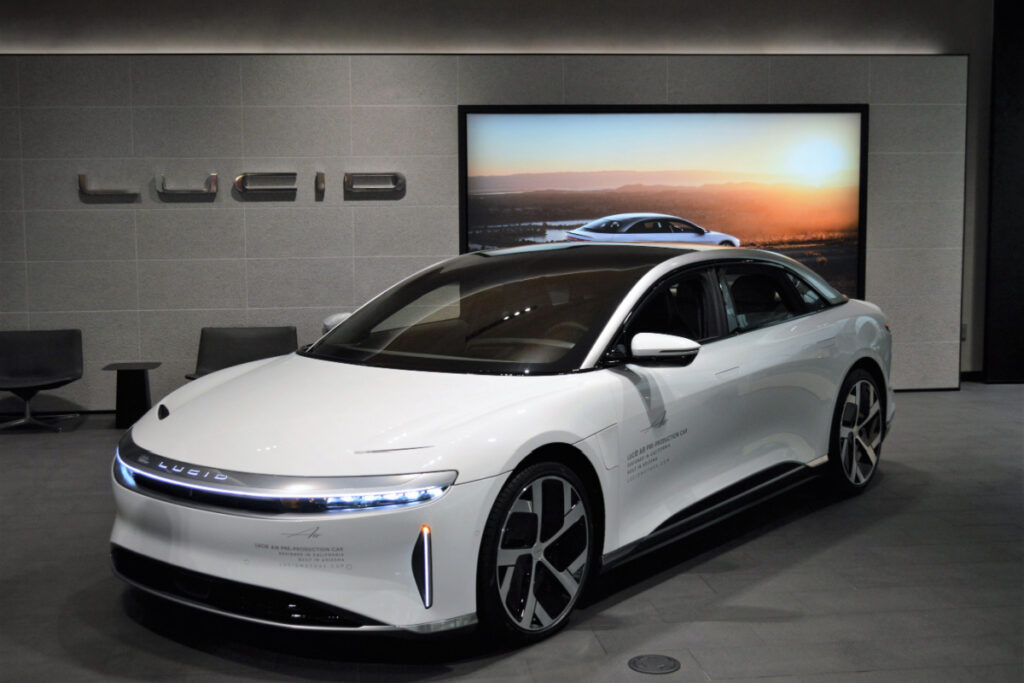
The Lucid Air, introduced in 2020, pushed the boundaries of luxury and performance in electric vehicles. With a range of up to 520 miles and a 0-60 mph time of under 2.5 seconds, the Air set new benchmarks for the industry, highlighting the advancements in EV technology.
BYD Tang EV
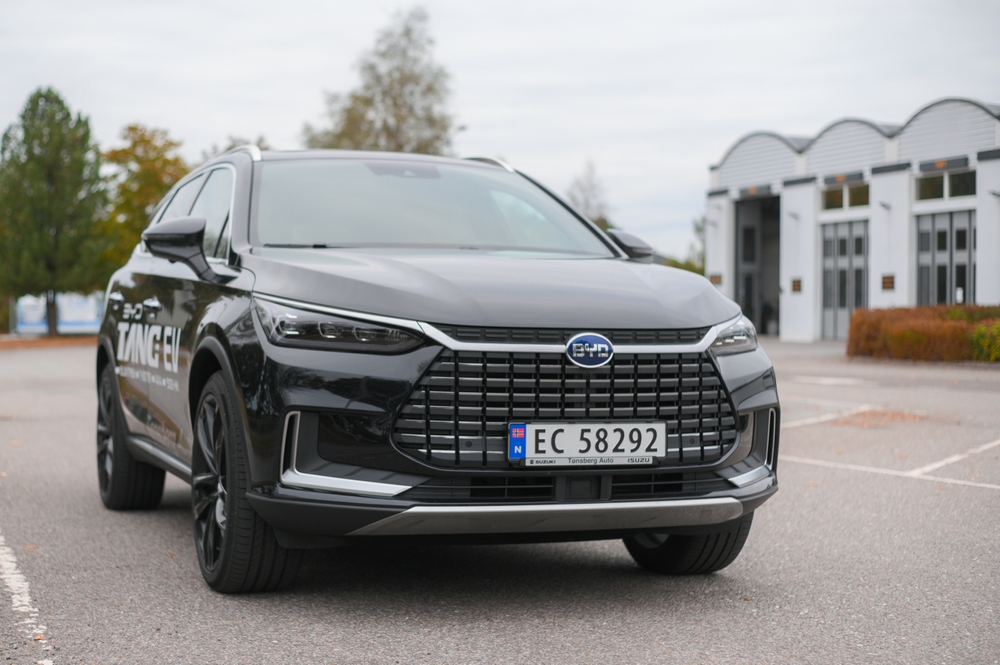
The BYD Tang EV, launched in 2020, is a significant player in the Chinese electric vehicle market. With a range of over 300 miles and a focus on family-friendly features, the Tang EV has helped BYD establish itself as a major EV manufacturer and promote sustainable driving in one of the world’s largest automotive markets.
Honda e
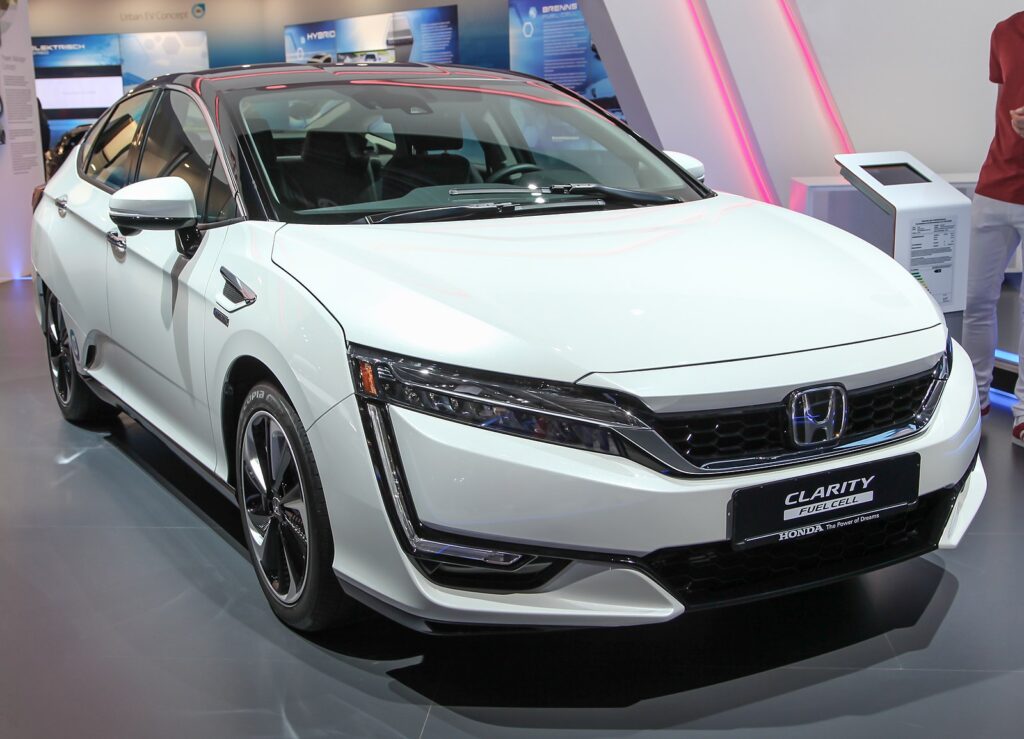
The Honda e, introduced in 2020, is a compact and stylish urban EV with a range of around 137 miles. Its retro-inspired design, high-tech interior, and focus on city driving made it a popular choice in Europe and Japan, showcasing Honda’s innovative approach to electric mobility.
Mercedes-Benz EQC
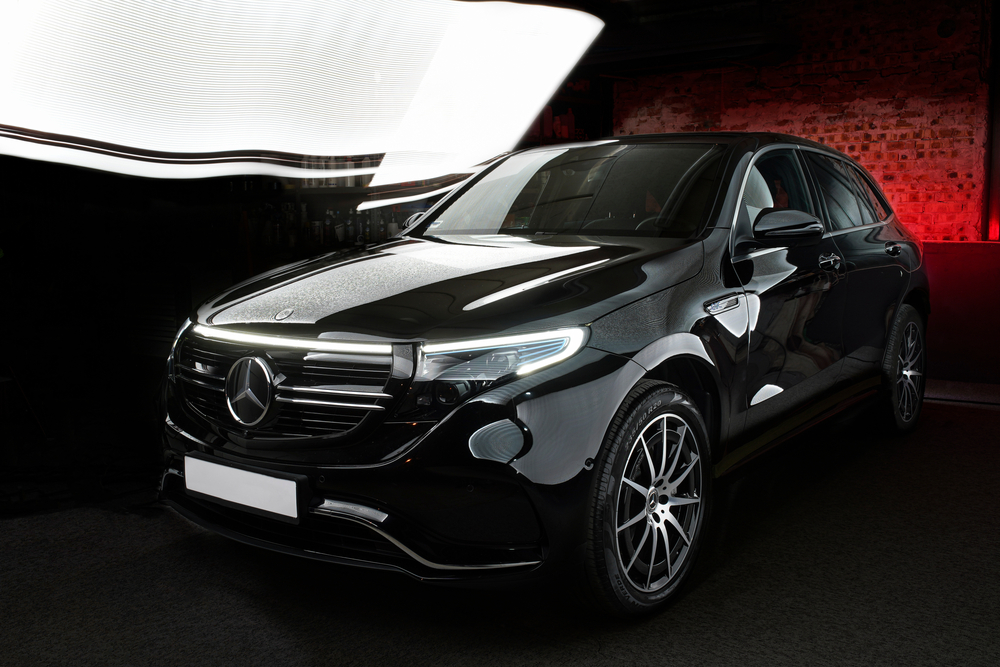
The Mercedes-Benz EQC, launched in 2019, was Mercedes’ first fully electric SUV. With a range of about 200 miles, luxurious features, and advanced safety systems, the EQC demonstrated Mercedes’ commitment to electric vehicles and set a high standard for premium electric SUVs.
Mini Cooper SE
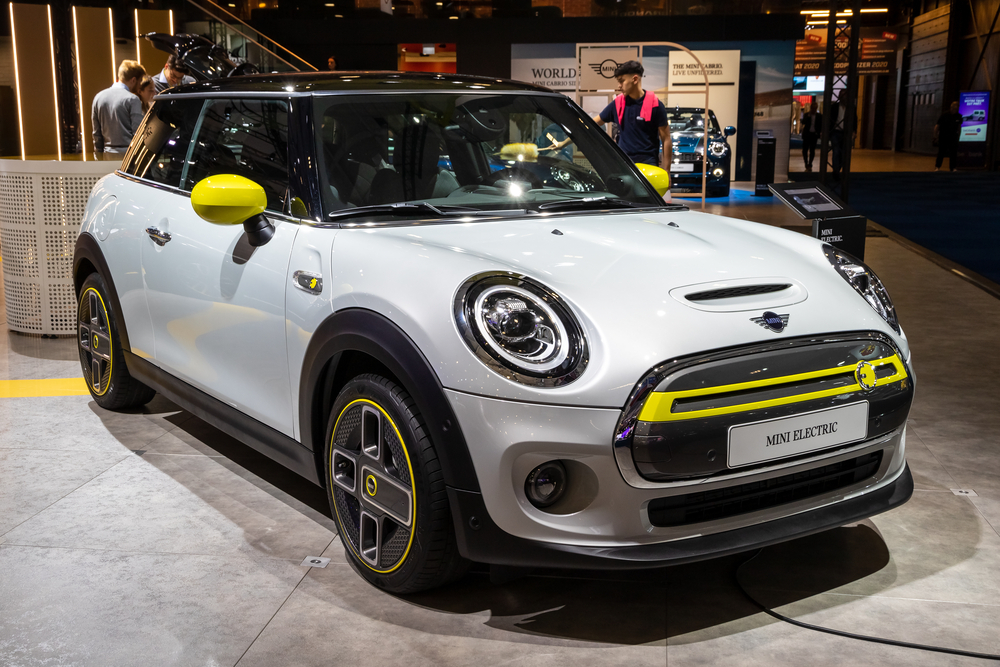
The Mini Cooper SE, introduced in 2020, brought electric driving to the iconic Mini brand. With a range of around 110 miles and the classic Mini design, the Cooper SE offered a fun and stylish option for urban EV drivers, helping to broaden the appeal of electric cars.
Polestar 2
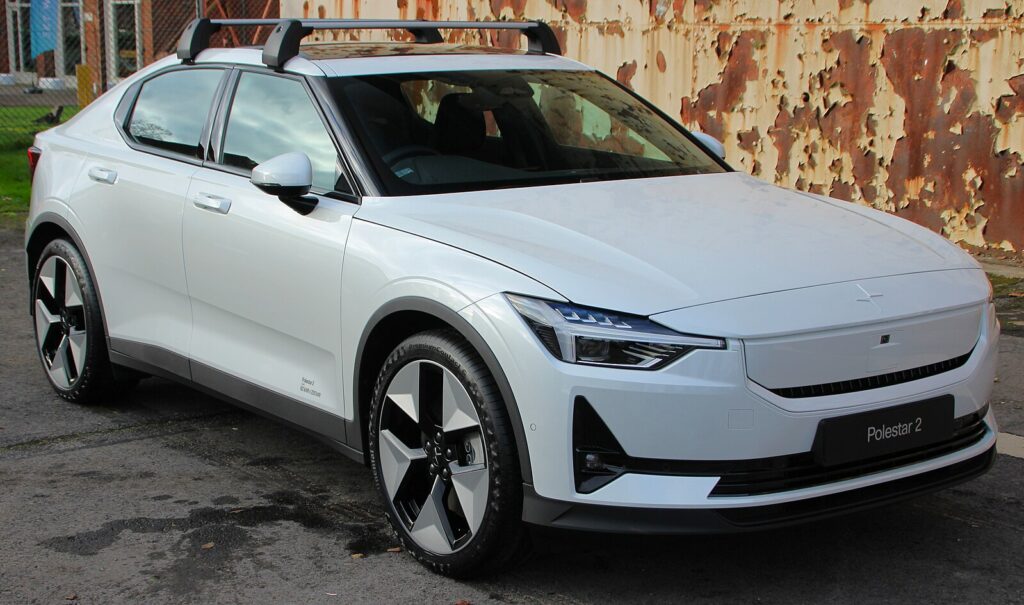
The Polestar 2, launched in 2020, is a performance-oriented electric vehicle from Volvo’s electric performance brand. With a range of up to 275 miles, cutting-edge technology, and Scandinavian design, the Polestar 2 offers a compelling alternative to traditional luxury sedans.
Tesla Model 3
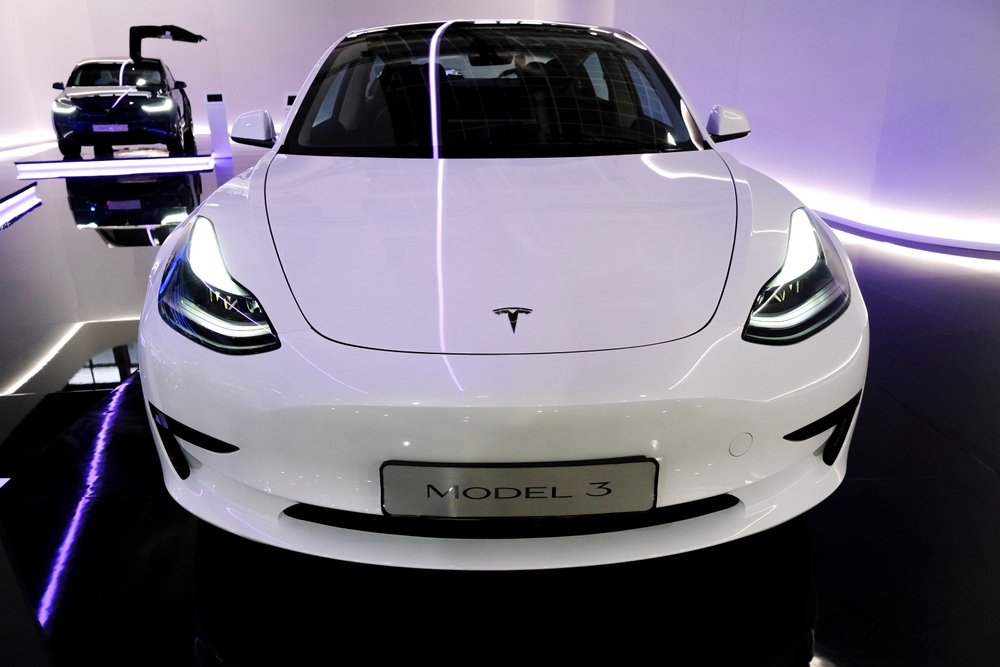
The Tesla Model 3, introduced in 2017, was designed to bring electric vehicles to the mass market. With a range of up to 353 miles, impressive performance, and a starting price lower than previous Tesla models, the Model 3 became a bestseller and significantly increased the adoption of electric vehicles globally.
Fisker Karma
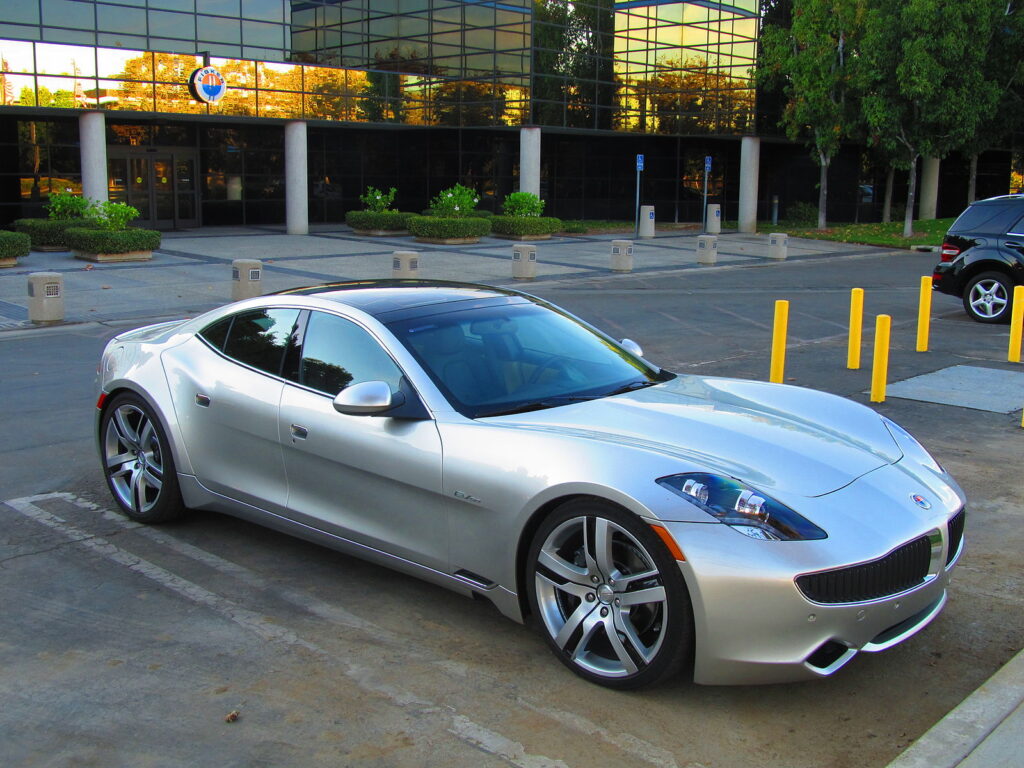
The Fisker Karma, launched in 2011, was an early luxury plug-in hybrid with an electric-only range of about 50 miles. Its sleek design and environmentally friendly technology paved the way for future luxury EVs, despite the company’s financial struggles.
Chevy Spark EV

The Chevy Spark EV, introduced in 2013, was one of the first affordable electric cars on the market. With a range of around 82 miles and a compact design, it was an ideal city car, demonstrating the practicality of electric vehicles for everyday use.
Mitsubishi i-MiEV

The Mitsubishi i-MiEV, launched in 2009, was one of the earliest mass-produced electric cars. Its compact size, affordability, and range of about 62 miles made it a popular choice in Japan and Europe, helping to kickstart the global transition to electric vehicles.
Volvo XC40 Recharge
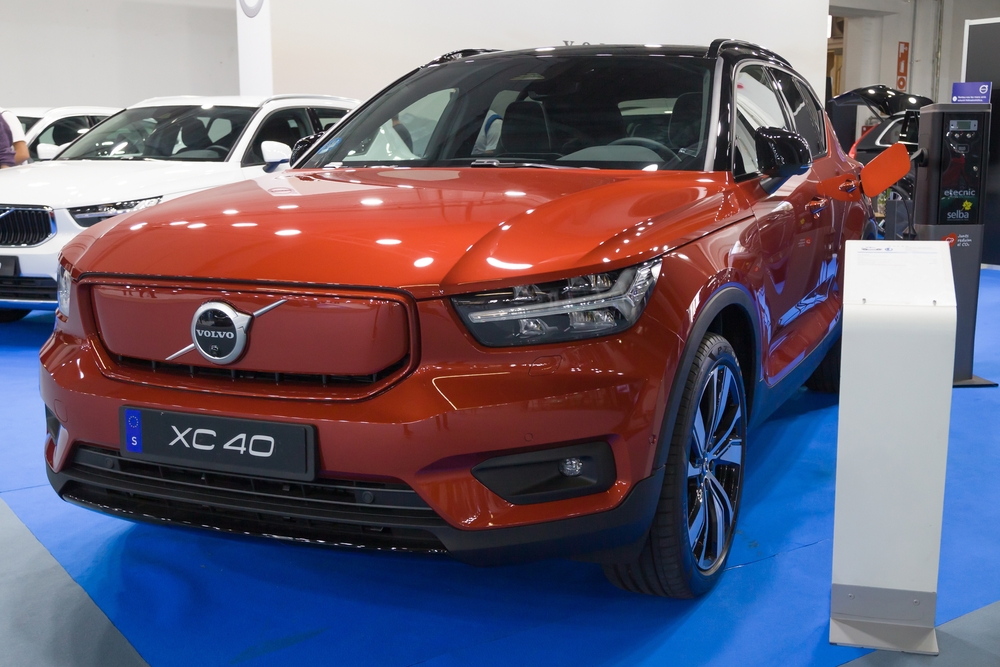
The Volvo XC40 Recharge, introduced in 2020, was Volvo’s first fully electric vehicle. With a range of around 208 miles and Volvo’s renowned safety features, the XC40 Recharge combined sustainability with practicality, setting a new standard for electric SUVs in the premium market.
This article originally appeared in MyCarMakesNoise.
More from MyCarMakesNoise
20 Reliable Vehicles Designed to Go Over 250,000 Miles
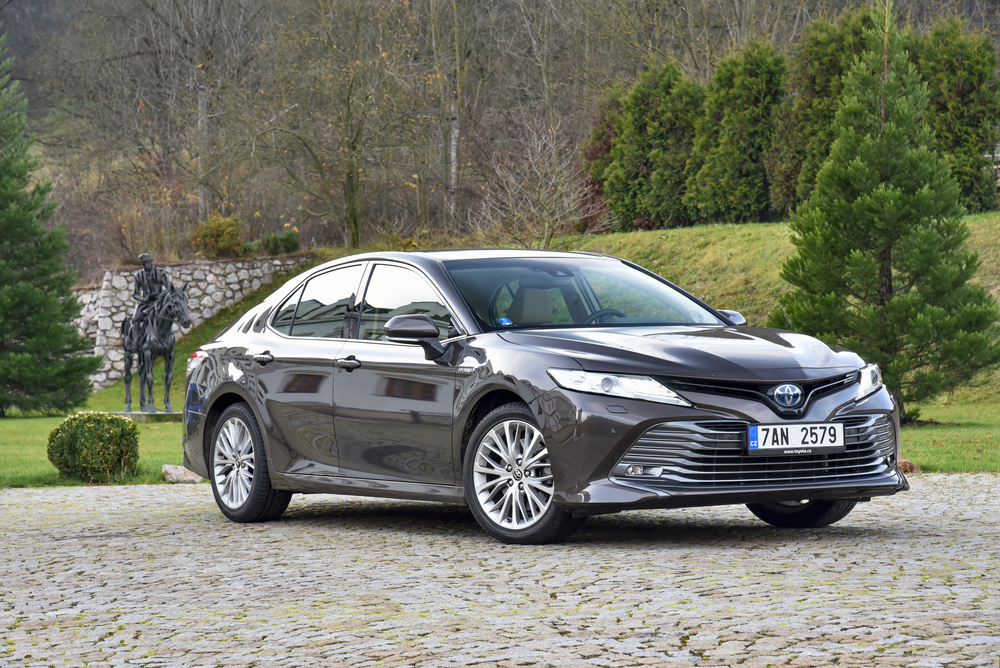
When it comes to choosing a car, reliability and longevity are key. Some vehicles are built to last, running smoothly for over 250,000 miles with proper maintenance. Read More.
20 Quirky Classic Roadsters That Define Cool
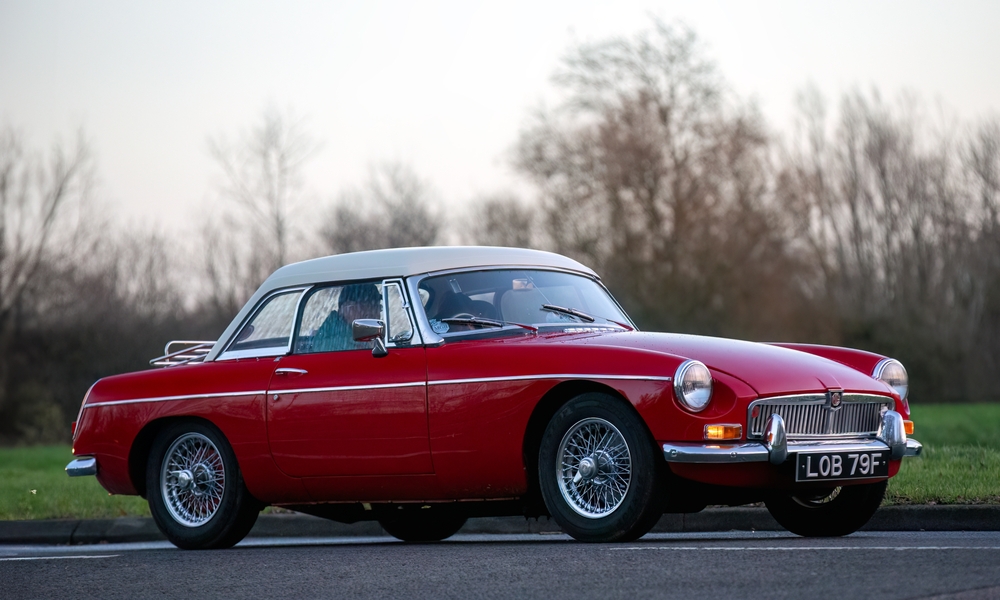
Classic roadsters are celebrated for their open-top design and driving excitement, but some stand out for their unique and funky characteristics. These roadsters combine vintage charm with distinctive styling that sets them apart. Read More.
15 Little-Known Details About Classic Harley-Davidsons

Harley-Davidson is a name synonymous with American motorcycles, but even the most dedicated fans might not know all the details about these iconic bikes. From hidden design innovations to lesser-known historical facts, there’s much more to Harley-Davidson than meets the eye. Read More.

